Home>Dining>Events & Etiquette>Why Is It Perceived That Asians Have No Table Manners?
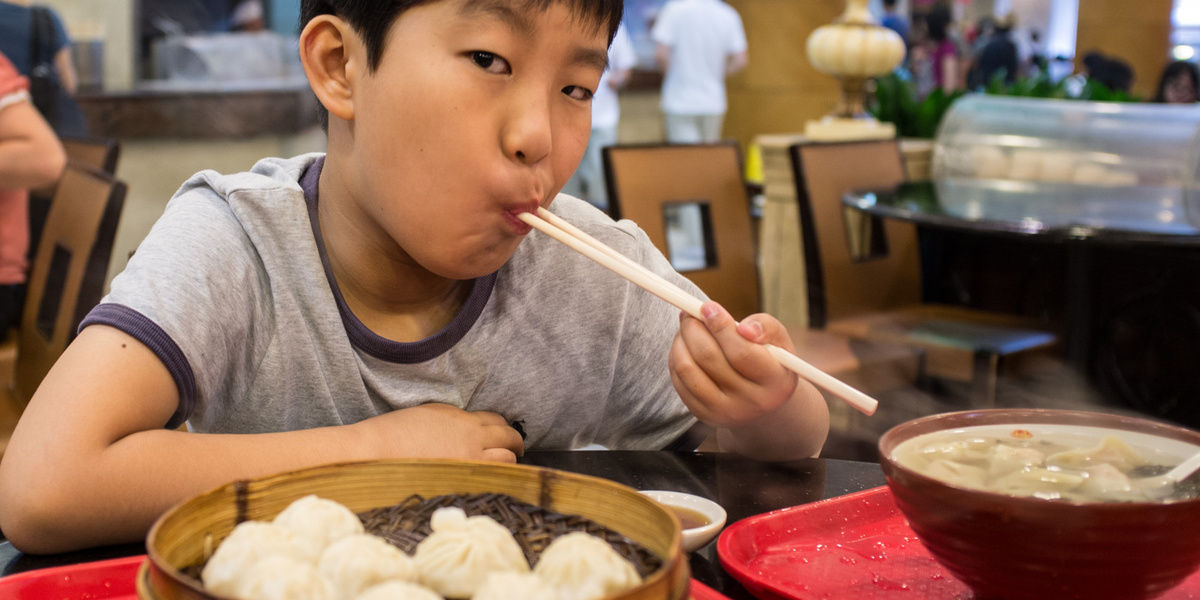

Events & Etiquette
Why Is It Perceived That Asians Have No Table Manners?
Modified: January 4, 2024
Discover the cultural perceptions surrounding table manners in Asian cultures and their impact on events and etiquette. Explore why Asians are often perceived to have different dining norms.
(Many of the links in this article redirect to a specific reviewed product. Your purchase of these products through affiliate links helps to generate commission for Storables.com, at no extra cost. Learn more)
Introduction
When it comes to dining etiquette, there are various cultural norms and customs that differ around the world. However, one particular stereotype that has persisted for centuries is the perception that Asians have no table manners. This stereotype suggests that individuals from Asian backgrounds display improper behavior and lack the etiquette commonly associated with dining situations.
It is important to recognize that this stereotype is not only misleading, but it also perpetuates harmful stereotypes and generalizations about an entire group of people. In reality, Asian cultures have a rich history of practices and etiquettes surrounding dining, which are deeply ingrained in their traditions and values.
In this article, we will delve into the origins of this stereotype, examine the cultural differences and norms that contribute to the perception, explore the misinterpretation of Asian dining behaviors, and discuss the role of media in shaping these misconceptions. Finally, we will highlight how modern perceptions are slowly breaking down these stereotypes, demonstrating the importance of understanding and embracing diverse dining practices.
Key Takeaways:
- Cultural differences and historical biases have perpetuated the stereotype that Asians have no table manners, but understanding and embracing diverse dining practices can break down these misconceptions.
- Media portrayal and misinterpretation of behaviors have contributed to the stereotype, but a growing movement towards cultural awareness and authentic representation is challenging these preconceived notions.
Historical Stereotypes
The stereotype that Asians have no table manners can be traced back to historical biases and misunderstandings. During the era of European colonization and imperialism, Western powers often viewed their own cultural practices as superior to those of other nations. This led to the labeling of certain behaviors as “uncivilized” or “barbaric,” including the dining customs of Asian cultures.
Additionally, the lack of awareness and limited exposure to Asian cultures in the past contributed to the perpetuation of stereotypes. As a result, these stereotypes became deeply ingrained in Western thought and were perpetuated through literature, art, and colonial narratives.
These historical stereotypes have stigmatized Asian cultures and created a perception that their dining practices are inferior or lacking in manners. However, it is crucial to challenge these outdated ideas and recognize the richness and complexity of Asian dining traditions.
Cultural Differences and Norms
To understand the perception that Asians have no table manners, it is important to explore the cultural differences and norms that shape dining etiquette in Asian countries. Each culture has its own set of customs and practices surrounding food, which can greatly differ from Western norms.
In many Asian cultures, communal dining is a common practice where dishes are shared among a group of people. This differs from the Western style of individual plates and separate portions. The act of reaching across the table or using shared utensils might be seen as a lack of manners in Western culture, but it is considered normal and polite in Asian cultures.
Another cultural difference relates to the use of chopsticks. While Western cultures predominantly use knives, forks, and spoons, Asian cultures primarily use chopsticks as their main utensil. Mastering the technique of using chopsticks takes time and practice, and it may seem clumsy or improper to those unfamiliar with this dining tool. However, it is important to recognize that proficiency in using chopsticks is valued and respected in Asian cultures.
Additionally, the speed and noise level of eating can vary across cultures. In some Asian cultures, particularly in street food markets, it is common to hear slurping or loud eating noises. This is associated with expressing enjoyment of the food and is not considered impolite in those contexts. However, in Western cultures, silence during meals is often valued as a sign of respect, and any such noises might be viewed as rude or lacking etiquette.
These cultural differences should not be interpreted as a lack of table manners. Rather, they are a reflection of the diverse practices and norms that shape dining etiquette across different regions of the world. It is essential to approach these differences with an open mind and respect for cultural diversity.
Misinterpretation of Behaviors
One of the factors contributing to the perception that Asians have no table manners is the misinterpretation of behaviors that may appear unfamiliar or different to Western observers. Cultural nuances and context play a significant role in shaping dining etiquette, and without understanding these factors, certain behaviors may be mistakenly judged as improper or lacking manners.
For example, in some Asian cultures, it is customary to slurp noodles or soup as a way of enjoying the dish and enhancing the flavor. This practice is seen as a sign of appreciation and enjoyment. However, in Western cultures, slurping is often considered impolite and may be viewed as a lack of table manners.
Similarly, the act of belching after a meal in some Asian cultures is seen as a compliment to the chef, indicating satisfaction with the food. This is a practice rooted in cultural traditions and should not be immediately perceived as impolite or lacking manners.
Furthermore, the use of hands in certain Asian cuisines, such as eating with one’s hands in Indian or Filipino culture, can often be misunderstood as a lack of table manners. However, in these cultures, using hands is considered a respectful way to connect with the food and experience its flavors. It is important to approach these practices with cultural understanding rather than imposing Western standards of table manners.
The misinterpretation of Asian dining behaviors underscores the importance of cultural sensitivity and open-mindedness. It is crucial to educate oneself about different cultural practices before making judgments or perpetuating stereotypes.
The perception that Asians have no table manners may stem from cultural differences in dining etiquette. Understanding and respecting these differences can help dispel stereotypes and promote cultural understanding.
Media Influence
Media plays a significant role in shaping public perceptions and can contribute to the stereotype that Asians have no table manners. Historical biases and limited representation have influenced the portrayal of Asian dining practices in mainstream media, creating a distorted image of Asian cultures.
In movies, TV shows, and other forms of popular media, Asian characters are often depicted as exotic or foreign, perpetuating stereotypes and reinforcing the perception that their dining practices are inferior or lacking manners. These portrayals can further reinforce the misinterpretation of behaviors and contribute to the perpetuation of stereotypes.
Furthermore, media tends to highlight certain moments or behaviors out of context, which can distort the true understanding of cultural practices. For instance, a scene showing a character noisily slurping noodles without proper context or explanation may lead viewers to believe that this behavior is indicative of a lack of table manners, when in fact it is a cultural norm that signifies enjoyment of the food.
It is essential to critically analyze the media we consume and question the narratives and stereotypes being perpetuated. By seeking out diverse and accurate representations of Asian cultures, we can challenge and break down these preconceived notions, fostering a more inclusive and informed perspective on dining etiquette.
Thankfully, there has been a growing movement in recent years to promote cultural diversity and the accurate representation of Asian cuisines and practices in the media. This has helped to showcase the depth and richness of Asian dining traditions, allowing for a more nuanced understanding and appreciation of different cultures.
Modern Perception and Breakdown of Stereotypes
In recent years, there has been a shift in perception and a breakdown of the stereotype that Asians have no table manners. As cultural awareness and appreciation grow, people are becoming more educated about the rich traditions and practices of Asian cultures, including their dining etiquette.
With the rise of food tourism and culinary exploration, individuals are embracing the opportunity to learn about different cuisines and cultural practices. This has led to a greater understanding and appreciation for the nuances of Asian dining customs, challenging the stereotypes that once prevailed.
Additionally, social media platforms and online communities have played a significant role in dispelling stereotypes and showcasing the vibrant diversity of Asian dining experiences. People are sharing their personal stories, cultural traditions, and food journeys, providing a more accurate and relatable representation of Asian dining practices.
In recent years, restaurants and chefs have also been instrumental in challenging stereotypes and promoting cultural understanding. Many establishments pride themselves on providing authentic dining experiences that educate and engage customers about the cultural heritage behind the food they serve. This has helped humanize Asian dining practices, breaking down stereotypes and fostering a greater appreciation for the customs and manners associated with different cuisines.
Education and exposure are key in the breakdown of stereotypes. By learning about different cultures, engaging in conversations, and experiencing firsthand the diverse dining practices around the world, we can challenge our preconceived notions and embrace a more inclusive and respectful perspective.
It is important to recognize that table manners are subjective and vary across cultures. Rather than judging or comparing practices, we should approach dining etiquette with an open mind and respect for cultural differences. By doing so, we can break down stereotypes and foster a more inclusive and understanding global community that appreciates the richness and diversity of dining traditions.
Conclusion
The perception that Asians have no table manners is an outdated stereotype that has persisted over time. Cultural differences, historical biases, and misinterpretation of behaviors have contributed to the formation and perpetuation of this stereotype. However, it is crucial to challenge and dismantle these stereotypes in order to build a more inclusive and understanding society.
By exploring the cultural differences and norms surrounding dining etiquette, we gain a deeper understanding of the diverse practices that exist globally. It is important to approach these differences with an open mind and respect for cultural diversity, recognizing that there is no universal standard for table manners.
Media has played a significant role in perpetuating stereotypes, but there is a growing movement towards accurate representation and greater diversity in the portrayal of Asian cultures. As cultural awareness expands and people seek out authentic experiences, misconceptions are being dispelled, and a more nuanced understanding of Asian dining practices is emerging.
The breakdown of stereotypes requires education, exposure, and a willingness to challenge preconceived notions. By embracing cultural diversity and engaging in meaningful conversations, we can foster a more inclusive and respectful perspective on dining etiquette.
Ultimately, table manners should not be used as a basis for judging or valuing individuals or cultures. Instead, they should be seen as a reflection of cultural heritage, values, and traditions. As we learn to appreciate and respect different dining practices, we move towards a more inclusive and understanding world that celebrates the richness and diversity of our global culinary landscape.
Frequently Asked Questions about Why Is It Perceived That Asians Have No Table Manners?
Was this page helpful?
At Storables.com, we guarantee accurate and reliable information. Our content, validated by Expert Board Contributors, is crafted following stringent Editorial Policies. We're committed to providing you with well-researched, expert-backed insights for all your informational needs.






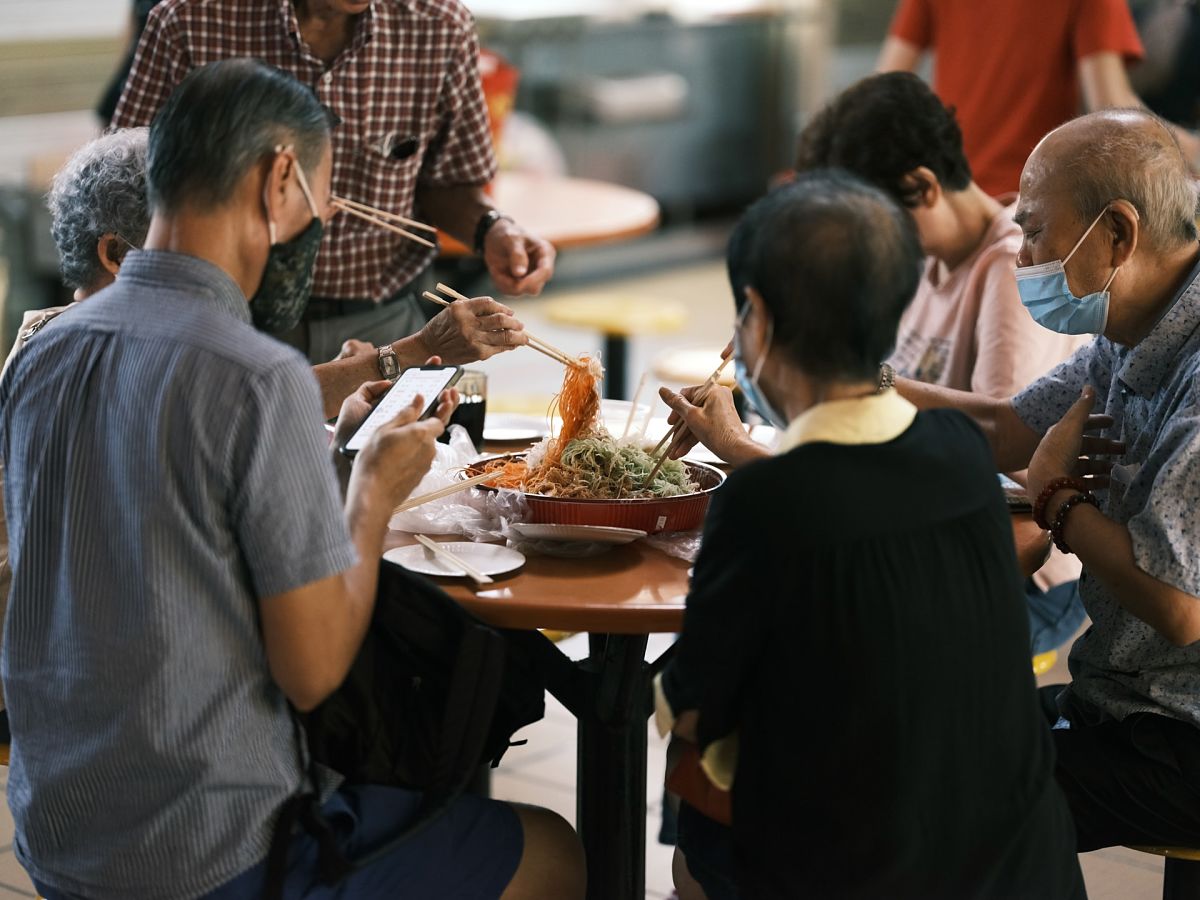
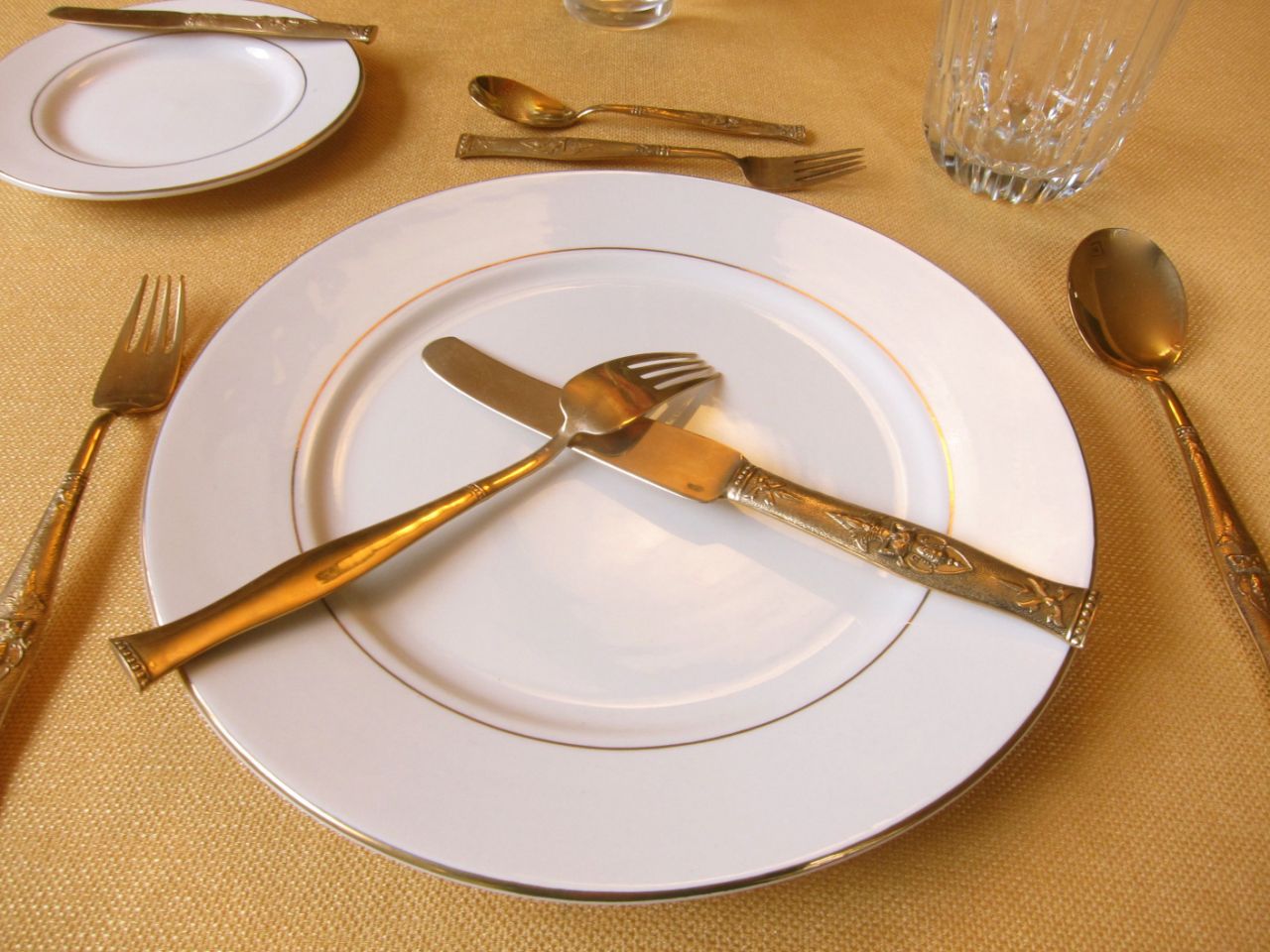



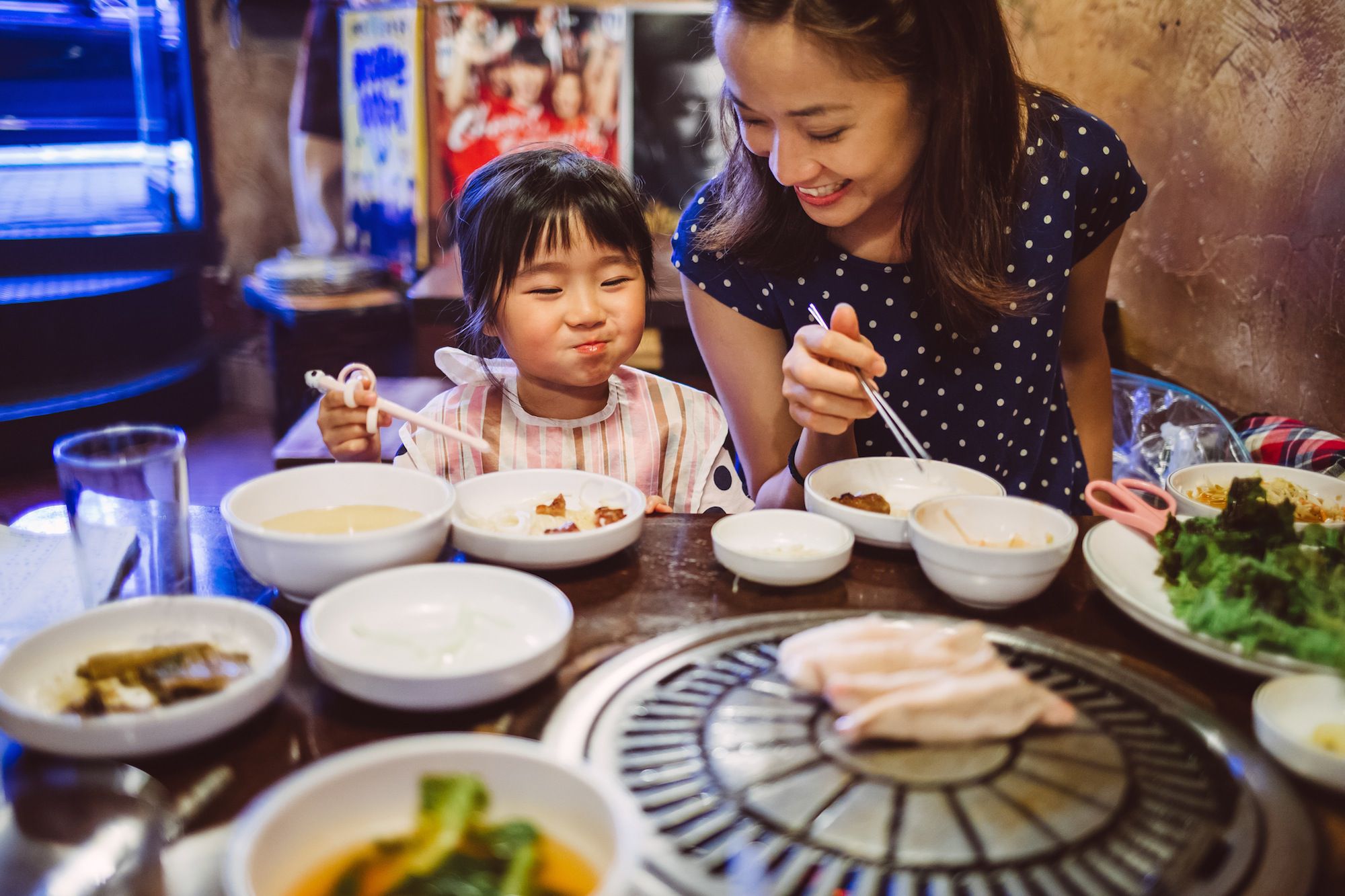
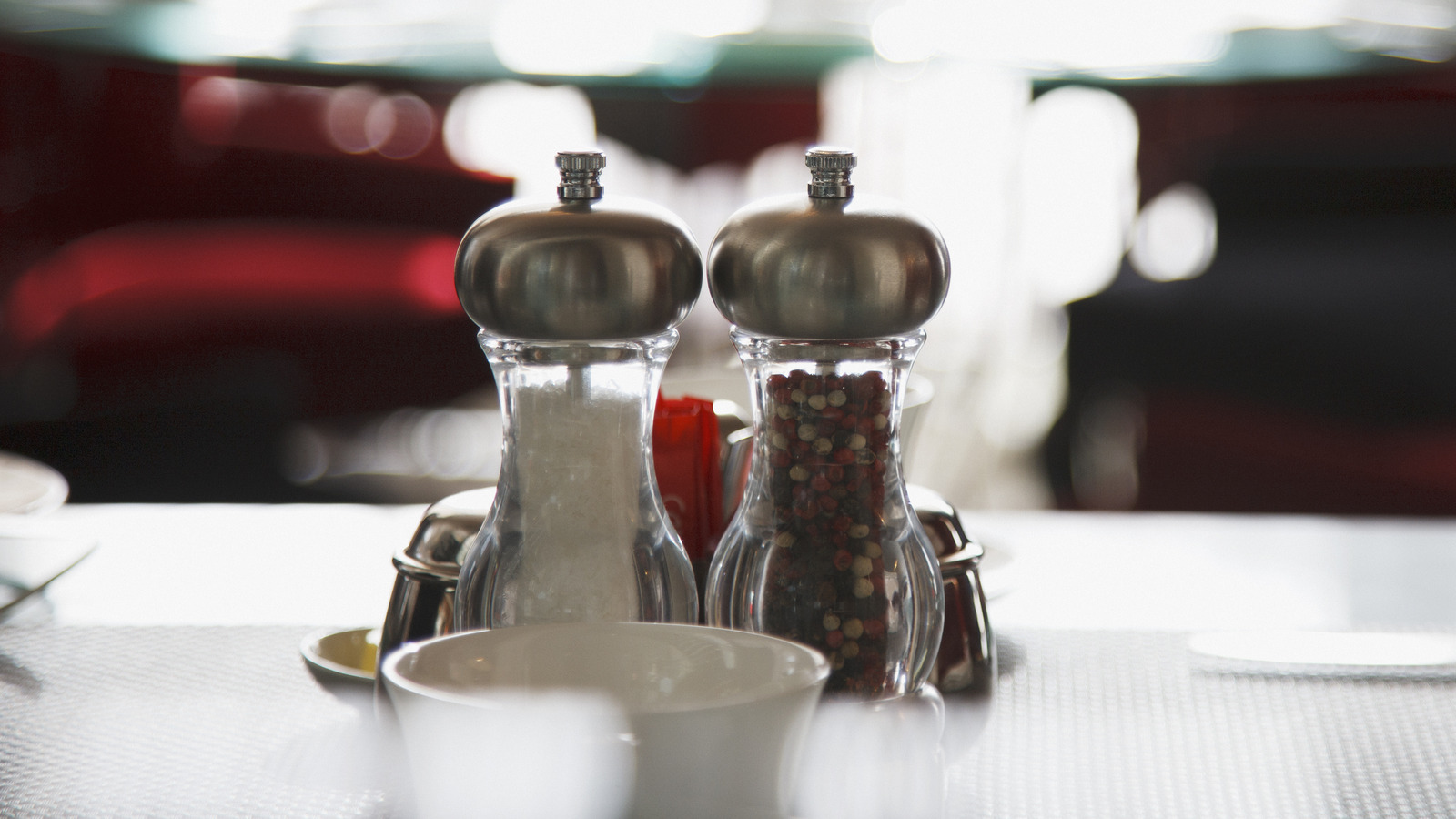


0 thoughts on “Why Is It Perceived That Asians Have No Table Manners?”